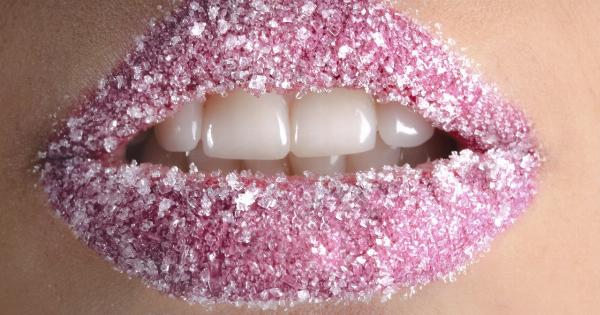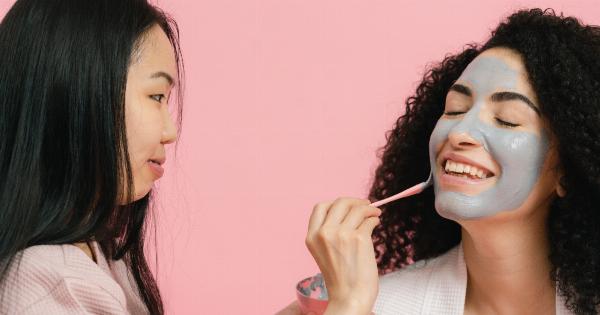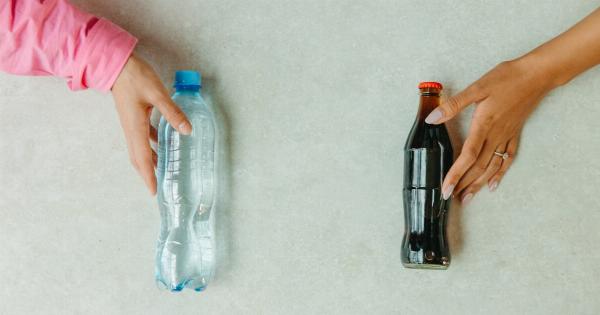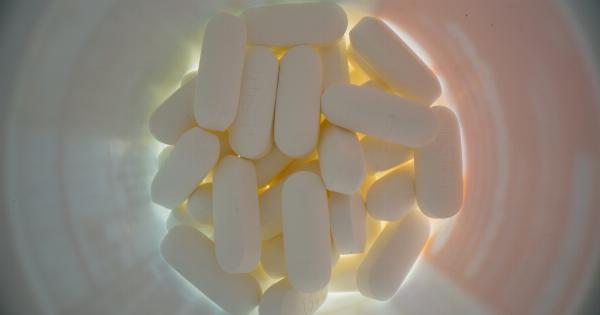Who would have thought that lipstick could do more than enhance your beauty? A new innovation in beauty products has caught our attention: lipstick infused with antimicrobial agents that can fight against harmful bacteria. Yes, you read it right!.
The rise of antimicrobial lipstick
The pandemic has made us more conscious of the importance of keeping ourselves clean and safe from viruses and bacteria. This shift in consciousness has affected the beauty industry as well.
With the increase in demand for products that can help prevent the spread of harmful microorganisms, cosmetics companies have started developing products that are infused with antimicrobial agents.
Antimicrobial lipstick is one of the latest innovations in the beauty industry. It has the same pigmentation and finish as regular lipsticks but is infused with compounds that can fight bacteria and viruses.
These compounds are usually nanoparticles of silver, copper, or zinc oxide, which are known for their antimicrobial properties. When applied, the lipstick can create an environment that is hostile to microorganisms, preventing their growth and spreading.
The benefits of antimicrobial lipstick
Apart from providing a pop of color on your lips, antimicrobial lipstick has several benefits:.
Prevents infection
The mouth is one of the most common entry points for harmful bacteria and viruses. Applying antimicrobial lipstick can create a barrier that prevents microorganisms from entering your mouth and causing infection.
Long-lasting
Antimicrobial lipstick can last longer than regular lipstick because of the compounds added to it. The antimicrobial agents make it difficult for bacteria and other microorganisms to break down the lipstick, making its effects last longer.
Safer for sharing
Sharing lipstick with friends or family can be risky, especially during a pandemic. Antimicrobial lipstick can make sharing safer because it can kill bacteria and viruses that may be present on the lipstick.
No compromise on quality
Antimicrobial lipstick is made using the same high-quality ingredients as regular lipstick, so you don’t have to compromise on quality to get the added benefits of antimicrobial protection.
The future of antimicrobial lipstick
The antimicrobial properties of lipstick are just the beginning. Companies are now exploring the use of these compounds in other beauty products such as mascaras, eyeliners, and eyeshadows.
If successful, these products could have a significant impact on reducing the spread of harmful microorganisms in the beauty industry.
How to choose the right antimicrobial lipstick
If you’re interested in trying out antimicrobial lipstick, there are a few things you should keep in mind:.
Look for the right compounds
Not all antimicrobial compounds are equal. Look for lipsticks containing silver, copper, or zinc oxide nanoparticles as these have been proven to have antimicrobial properties.
Check the label
Make sure to read the label before purchasing any lipstick. Look for products that have been tested for antimicrobial properties and have been approved by relevant regulatory bodies.
Consider your skin type
If you have sensitive skin, it’s important to choose a lipstick that is gentle on your skin. Look for products that are hypoallergenic and free of harsh chemicals that may cause irritation.
Final thoughts
Antimicrobial lipstick is not just a trend but a significant innovation in the beauty industry that can help prevent the spread of harmful microorganisms.
By choosing the right antimicrobial lipstick, you can protect yourself and others while still looking your best.




























